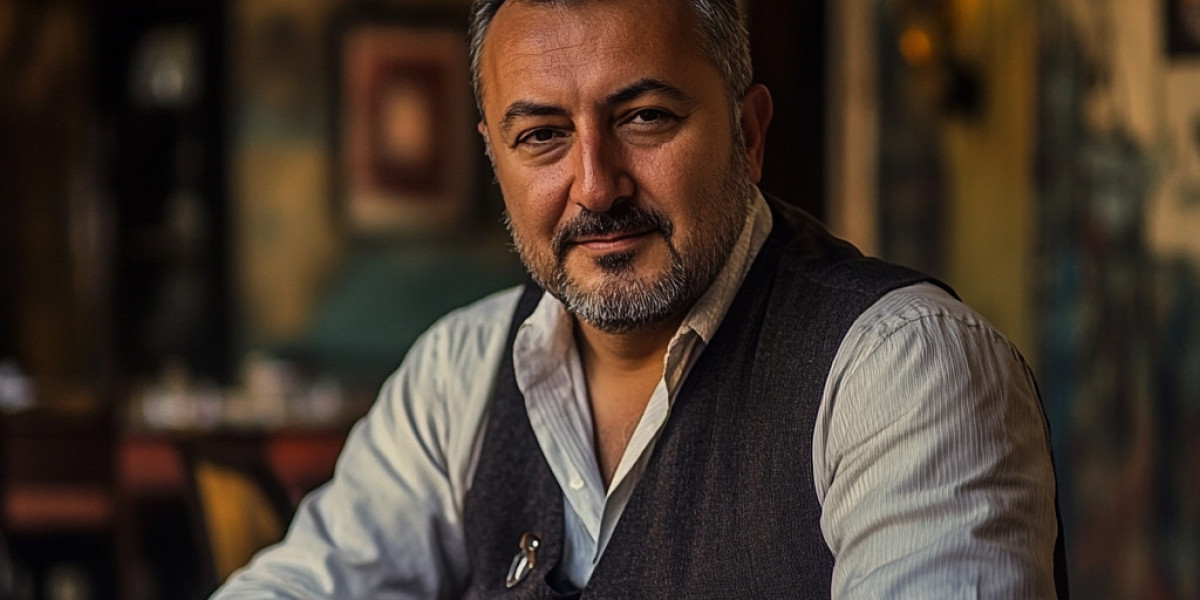What is The Primitive OT?
The Primitive OT is a term used to describe a therapeutic model that emphasizes simplicity and primal aspects of occupational therapy. This approach often incorporates nature, sensory-based experiences, and rudimentary tools or movements, which have been shown to provide significant mental, emotional, and physical benefits. Unlike traditional occupational therapy that might rely heavily on clinical settings or complex equipment, The Primitive OT places the patient in environments that encourage grounded, organic experiences. The emphasis is on natural movements and intuitive practices that align with the body’s inherent rhythms, enabling clients to reconnect with primal motor skills and sensory experiences.
As occupational therapy moves towards more holistic approaches, The Primitive OT is gaining attention for its ability to foster independence, reduce anxiety, and promote general well-being in a way that feels grounded and sustainable for many individuals.
Key Elements of The Primitive OT
The Primitive OT isn't necessarily about abandoning all modern techniques; rather, it’s a philosophy that seeks to distill therapy into its most essential, impactful forms. Here are some of the foundational elements of The Primitive OT approach that differentiate it from other forms of OT:
Engagement with Nature
Primitive OT places high importance on natural environments. Being outdoors—whether it’s a park, forest, or a simple garden—engages the senses differently than indoor therapy settings. Nature immersion has been shown to reduce stress, improve mood, and enhance overall mental health. Occupational therapists following The Primitive OT may incorporate nature-based activities such as gardening, hiking, or sensory engagement with natural elements (like water, stones, and sand) as part of their therapeutic activities.Sensory-Based Techniques
Sensory processing is a significant focus of The Primitive OT. By reconnecting clients with basic sensory activities, therapists help them develop awareness and control over their responses to sensory input. This can be especially beneficial for children with sensory processing disorders, adults with anxiety, and elderly clients facing cognitive challenges. Activities might include barefoot walking, clay modeling, or textured surfaces to stimulate and engage different sensory systems.Primitive Movements and Motor Skills
Primitive OT integrates fundamental movements such as crawling, climbing, and stretching to encourage muscle and motor skill development. These basic motions are often neglected in modern lifestyles but are vital for building strength, flexibility, and coordination. By incorporating these primal movements, clients improve their proprioception (awareness of body position and movement) and build foundational motor skills. Therapists may even use play-based approaches like obstacle courses or animal-themed movements to make these exercises engaging and accessible for all ages.Mindfulness and Grounding Practices
Mindfulness practices are an integral part of The Primitive OT philosophy. Simple mindfulness activities, like deep breathing, grounding techniques, and body scanning, help clients remain present, reduce stress, and connect with their inner selves. This is particularly valuable for those struggling with anxiety, PTSD, or depression. By grounding clients in the present moment, Primitive OT techniques provide a calming effect that can enhance other therapeutic interventions.Art and Creative Expression
Primitive OT also draws from art therapy principles, using simple, hands-on creative activities to foster expression and emotional release. Engaging in activities like drawing with natural charcoal, molding clay, or crafting with natural materials can serve as an outlet for emotions, reduce stress, and encourage self-expression. Art has long been recognized as a powerful therapeutic tool, and by returning to these simple, expressive forms, Primitive OT adds depth to the healing process.Use of Minimal Equipment
Another distinguishing aspect of The Primitive OT is the use of minimal, often basic, equipment. Rather than high-tech gadgets, therapists may use simple items like wooden blocks, ropes, rocks, or sandbags. This not only makes therapy accessible but also encourages clients to interact with objects that require minimal manipulation, fostering creativity and adaptability.
Benefits of The Primitive OT in Occupational Therapy
The Primitive OT approach aligns closely with the principles of occupational therapy by enhancing clients' abilities to engage in meaningful activities that support their health and well-being. Here’s how this approach brings unique benefits:
1. Accessibility and Affordability
The Primitive OT’s focus on simplicity makes it accessible to a broader range of people, especially those who may not have access to high-cost equipment or clinical settings. Since the approach often involves items that can be found in nature or everyday environments, it opens up opportunities for clients to continue therapy practices outside formal sessions.
2. Reduction in Anxiety and Stress
Research shows that engaging with natural environments and sensory-based activities can reduce cortisol levels, the body’s primary stress hormone. By reconnecting clients with natural and primal experiences, The Primitive OT encourages a soothing, grounding effect that promotes relaxation and reduces anxiety. This is especially valuable for clients with mental health challenges, providing them with simple, manageable techniques they can apply in their daily lives.
3. Enhanced Body Awareness and Proprioception
Primal movements and sensory activities incorporated into The Primitive OT are designed to improve body awareness and proprioception, which can be crucial for clients with motor disabilities or coordination challenges. Practicing simple, primal motions allows clients to reconnect with their physical bodies, which can be particularly empowering for those who have undergone physical trauma or surgeries that have impacted mobility.
4. Mental and Emotional Resilience
The Primitive OT approach is particularly effective in building resilience. Activities that foster self-sufficiency, independence, and creative expression help clients develop coping mechanisms and a stronger sense of self. These therapies can help build emotional resilience, allowing clients to feel more capable of handling life’s challenges.
5. Fostering Social Interaction
The simplicity and accessibility of Primitive OT make it suitable for group settings as well. Nature-based group therapy, for example, allows clients to interact, share experiences, and work collaboratively on tasks. This can be especially beneficial for individuals who feel isolated due to their conditions, creating opportunities for connection and camaraderie.
Implementing The Primitive OT in Modern OT Practices
Occupational therapists who are interested in incorporating The Primitive OT into their practice can start by adapting certain therapeutic activities with a focus on simplicity and natural elements. Here are some ways to integrate this approach effectively:
Nature-Based Sessions
Schedule therapy sessions outdoors whenever possible. Outdoor spaces provide endless opportunities for sensory engagement and movement-based activities. Many therapists have successfully incorporated outdoor activities like gardening, nature walks, and scavenger hunts to stimulate both physical and mental engagement.Sensory Rooms with Natural Materials
Create a sensory space using natural materials and textures. Incorporate elements like sand, smooth stones, leaves, and textured fabrics to create a calming environment that appeals to the senses without overwhelming them.Art Therapy with Simple Tools
Use basic, natural materials like clay, watercolors, or sticks to create art-based therapies that encourage creativity without the need for specialized art tools. This not only makes the therapy more accessible but also helps clients connect with simpler, grounding activities.Mindfulness Training in Daily Routines
Integrate basic mindfulness exercises, such as breathwork or sensory awareness, into clients' daily routines. Teaching clients how to take a few moments to pause, breathe, and ground themselves can have long-term mental health benefits.Education on Minimalist Practices
For therapists working with families, teaching parents or caregivers how to create these simple, engaging activities at home can empower them to extend therapeutic practices beyond the clinic.
Conclusion
As occupational therapy continues to evolve, The Primitive OT offers a refreshing alternative to high-tech, equipment-heavy models. This approach brings occupational therapy back to its roots, focusing on simplicity, connection, and natural human experiences. In doing so, it creates a foundation for holistic well-being that aligns with the goals of OT, meeting clients’ physical, mental, and emotional needs.
Therapists and clients alike are rediscovering the value of minimalism and primal experiences in therapy, and it is likely that The Primitive OT will continue to grow in popularity as more people recognize its benefits. Ultimately, this approach supports the belief that the simplest activities can have profound effects, making occupational therapy more accessible, meaningful, and effective for a wider population.








